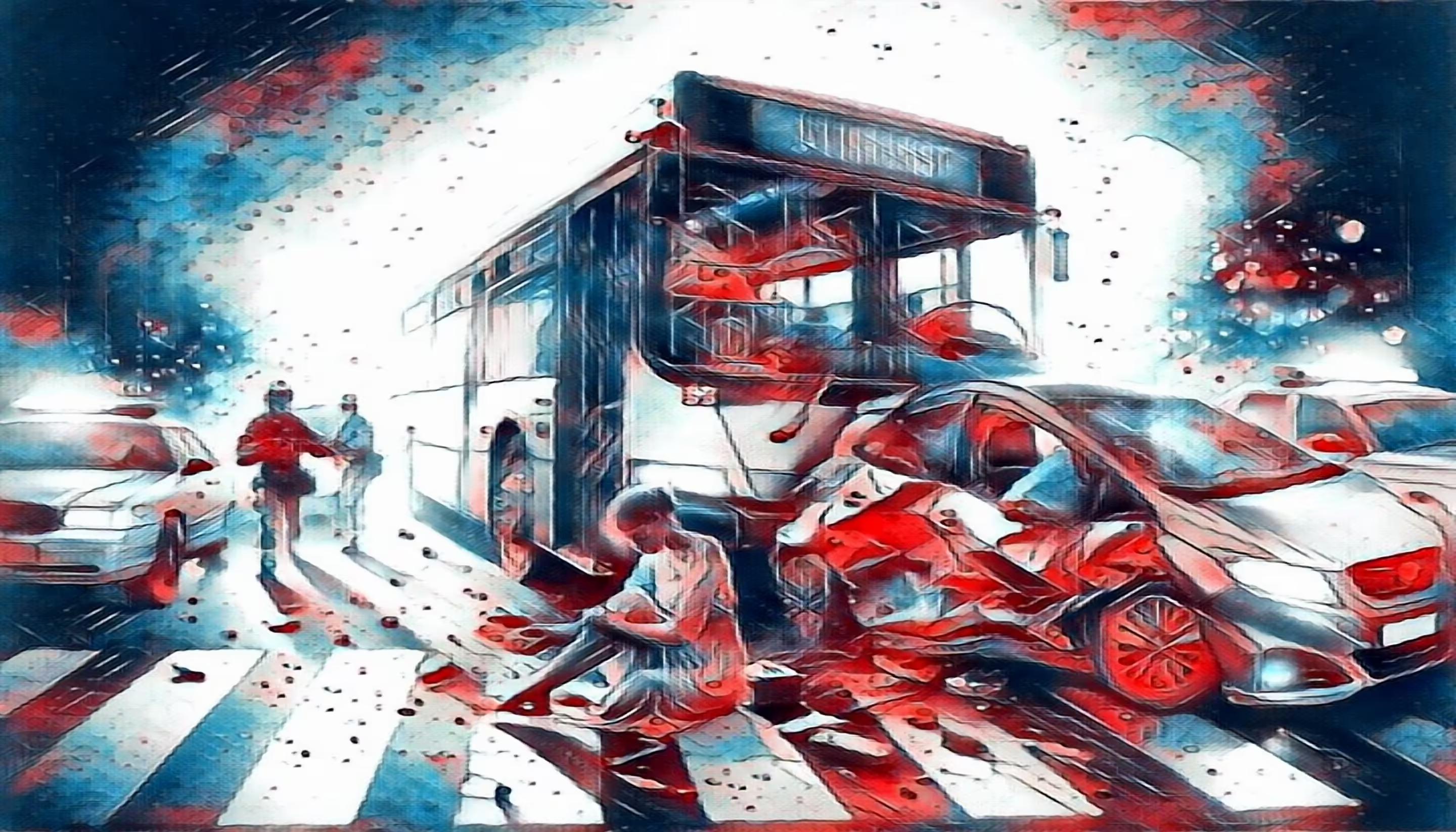Step 1: Seek Medical Attention Immediately
Your health is the top priority. If you are injured on public transportation, seek medical attention immediately. Even if your injuries seem minor, it's critical to get a thorough examination. Some injuries, like concussions or internal injuries, may not present immediate symptoms but can have long-term consequences if untreated.
- Document Your Injuries: Make sure the medical professional documents all injuries, symptoms, and possible causes. These medical records will serve as crucial evidence in any future legal proceedings.
- Follow Up: Follow your doctor's advice and attend any recommended follow-up appointments. Consistent medical records will help your recovery and strengthen your case if you pursue compensation.
Step 2: Report The Incident To The Public Transportation Authority
Once you have sought medical attention, you must report the incident to the relevant public transportation authority. Most transportation systems, such as local transit agencies or city governments, have procedures for reporting accidents. This report can serve as official documentation of the incident, which may be necessary if you decide to pursue a legal claim later.
- Obtain A Copy Of The Report: Ensure you get a copy for your records. The information in this report, such as the time, date, and circumstances surrounding the injury, can be pivotal evidence in your case.
- Include Witnesses: If there were any witnesses to your accident, gather their contact information and ask if they are willing to provide statements. Witnesses can provide additional credibility to your account of the incident.
Step 3: Document Everything
In any legal case, documentation is key. Beyond medical records and official reports, take the time to gather as much evidence as possible. This can include:
- Photos And Videos: Take pictures or videos of the accident scene, your injuries, and anything that may have contributed to the accident (e.g., wet floors, broken handrails, etc.).
- Transportation Details: Keep your ticket or fare receipt, as it will prove that you were a passenger at the time of the injury.
- Communications: Save any emails or letters sent between you and the transportation authority. Also, record conversations with officials or employees about the incident.
Step 4: Understand The Liability In Public Transportation Accidents
Determining liability is one of the most complex aspects of a public transportation injury case. Multiple parties may be involved, and different laws apply depending on whether the transportation provider is a private company or a government agency.
- Common Carriers: Public transportation providers are often classified as "common carriers," which means they are held to a higher standard of care under the law. In California, common carriers are legally obligated to ensure their passengers' safety to the highest degree.
- Negligence: If your injury occurred due to negligence by the transportation operator, such as reckless driving, failure to maintain equipment, or lack of proper safety protocols, you may have grounds for a personal injury claim.
- Government Agencies: If a government agency runs the transportation service, additional rules exist for filing a claim. Government entities often have shorter time limits for filing claims, and the process may involve extra steps, like filing a notice of claim before a lawsuit can proceed.
Step 5: Know The Time Limits For Filing A Claim
One of the most critical factors in pursuing a claim after an injury is time. In California, the statute of limitations for personal injury claims is typically two years from the date of the injury. However, if a government agency operates a public transportation service, the time limit to file a claim is significantly shorter - often only six months.
This shorter time frame means that if you are injured on public transportation, you must act quickly to preserve your legal rights. Missing the deadline could prevent you from seeking compensation entirely.
Step 6: Contact An Experienced Personal Injury Attorney
Navigating the legal landscape after an injury on public transportation can be complicated. Between dealing with insurance companies, government entities, and strict deadlines, having a skilled attorney by your side can make all the difference.
- Evaluating Your Case: An experienced personal injury attorney will evaluate the specifics of your case, gather evidence, and determine liability. They will help you understand whether the transportation company, a third party, or even a government agency is responsible for your injury.
- Negotiating Settlements: Many personal injury cases are settled out of court. Your attorney will deal with the transportation authority or insurance companies to get you the compensation you deserve. Your attorney can take the case to court if a fair settlement cannot be reached.
- Maximizing Compensation: Personal injury attorneys can help you pursue compensation for various damages, including medical bills, lost wages, pain and suffering, and long-term rehabilitation costs.
Step 7: Know What Compensation You May Be Entitled To
You may be entitled to compensation if you are injured on public transportation due to negligence or unsafe conditions. This could include:
- Medical Expenses: Compensation for current and future medical bills related to the injury.
- Lost Wages: Reimbursement for lost income if your injury prevented you from working.
- Pain And Suffering: Compensation for physical pain and emotional distress caused by the injury.
- Long-Term Care: In cases of severe injury, you may be entitled to compensation for ongoing care or rehabilitation.
Being injured on public transportation can be a traumatic experience, but taking the proper steps after the incident can ensure that you protect your legal rights. Seeking immediate medical attention, reporting the accident, documenting everything, and contacting a knowledgeable personal injury attorney are all essential steps to securing the compensation you deserve.
If you have been injured on public transportation and need legal advice, KAASS Law is here to help. Our experienced attorneys will guide you through the process and fight to get you the compensation you are entitled to.
For more information on personal injury claims involving public transportation, visit the National Transportation Safety Board (NTSB).
